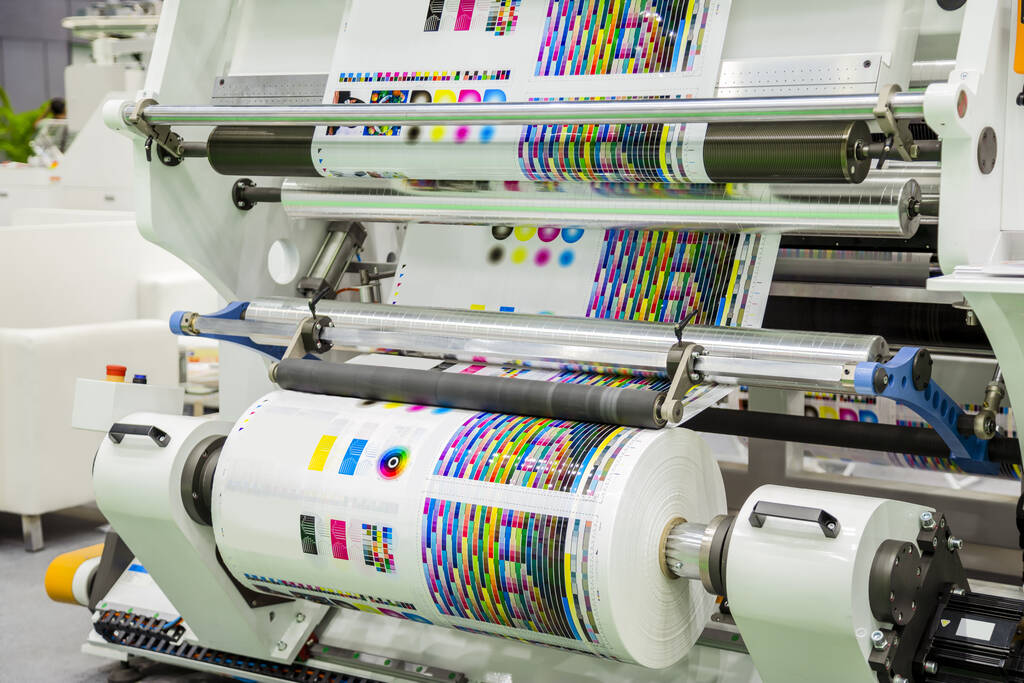
How to Calculate the Cost of Large-Format Printing
Wondering how to budget for your next large-format printing project?
When it comes to large-format printing and pricing, you’ve probably noticed that prices vary greatly. But what causes these differences, and how are they different in terms of the outcomes? How do you make sure you’re getting the best deal for your printing needs? Printer Repairs will quickly summarise all the questions you have about calculating the cost for large-format printing so you’re confident when dealing with the provider.
Let’s talk about the cost of large-format printing and the several factors that can drive up the price. That way, you can estimate your total expenses better and decide whether to start printing in-house or outsource it.
Key Factors That Affect the Cost of Large-Format Printing
If you come across terms like “large-format printing,” “big-format printing,” or “wide-format printing,” they all refer to the same process—printing oversized materials like banners, posters, and signage using specialised, large-format printers. But what determines the price? Here’s a breakdown of the key factors that contribute to the variations in large-format printing costs that you might need to be aware of.
1. Printing Material
A basic cost that makes up your final printing price is the material you choose, which will impact the final outcome greatly as well. Large-format printing hasn’t just been about paper for a long time, so here’s what you need to know when it comes to different projects that require different substrates:
- Vinyl: With durable and weather-resistant features, choose vinyl for your outdoor banners and vehicle wraps.
- Foam Board: Extremely rigid, and it’s a perfect choice for indoor signage.
- Fabric: Used greatly for exhibition displays, soft signage, and textile printing.
- Corflute: Lightweight and cost-effective for temporary advertising materials
- Acrylic: Sleek and glossy finish making it suitable for permanent graphics and visual displays.
- Paper: Ideal choice for posters, not a great option for long-term use.
The price of these materials can vary a lot. For instance, a corflute sign usually costs less than an acrylic panel of the same size.
2. Print Size
Larger prints naturally cost more, but pricing isn’t always linear due to each provider’s own pricing systems. Some printing companies offer bulk discounts on bigger orders, making it more cost-effective to print multiple large pieces rather than just one. A 2m x 1m vinyl banner will cost significantly less per square metre than a smaller, highly detailed sticker due to the efficiency of production at scale. Having a detailed understanding of what your business demand in advance will save you up a lot of money when it comes to a larger printing project.
3. Print Quality & Resolution
High-resolution printing requires more ink and processing time, which can drive up the costs. There are typically two options:
- Standard resolution (150-200 DPI) – Suitable for large banners, billboards, and signage viewed from a distance.
- High resolution (300+ DPI) – Best for close-up viewing, such as posters, exhibition graphics, and retail displays.
A billboard, for example, doesn’t need ultra-high resolution because it’s viewed from a distance, whereas a high-quality trade show display does. Be detailed in your order request, from the resolutions to sizing for a non-leading large-printing process dealing.
4. Colour Options: CMYK vs. Spot Colours
Most large-format prints use CMYK (Cyan, Magenta, Yellow, and Black), but some require Pantone or spot colours for exact colour matching.
- CMYK Printing – Cost-effective and suitable for most designs.
- Pantone/Spot Colours – Needed for brand consistency but can raise costs due to extra ink requirements.
If you need colour precision, particularly for corporate branding, expect to pay a premium price that meets your expected quality.
5. Ink Type
Different printing processes use various types of ink, affecting cost and durability. Whether you’re using a large photo printer for vibrant imagery or a large canvas printer for textured, high-quality artwork, here are your ink options:
- Solvent Ink – Resistant to fading and waterproof, ideal for outdoor use.
- UV Ink – Cured with ultraviolet light, offering a scratch-resistant, vibrant finish.
- Latex Ink – Environmentally friendly and great for flexible materials.
- Aqueous Ink – Utilised for high-quality indoor applications but not as durable outdoors.
UV and eco-solvent inks tend to have higher price tags than aqueous inks due to their durability.
6. Finishing & Laminating
Lamination, mounting, and cutting are finishing options that can increase the overall price of large-format printing.
- Gloss or Matte Lamination – Adds protection and enhances the look of the print.
- Contour Cutting – Custom-shaped prints require more processing time.
- Grommets & Hemming – Needed for banners that need hanging.
Skipping these extras might save money upfront, but for long-term durability, they can be worth the investment.

Large-Format Printing Cost Calculator
Now that we’ve covered the cost factors, below is a simple way to estimate your total expenses. Keep in mind that this is just an estimate to help you understand how large-format printing pricing works. Feel free to contact your printing provider for a more personalised or accurate estimate.
Step 1: Determine the Size & Material
Start by defining the size of your print job and selecting the right material. Prices are often quoted per square metre.
Example: Say you need a vinyl banner to promote a new restaurant’s grand opening. You want it to be bold, eye-catching, and durable enough for outdoor display.
- A vinyl banner (2m x 1m) may cost $40 per square metre.
- To calculate the total material cost, multiply the banner’s size (2 square metres) by the cost per square metre ($40).
- Total cost for the banner: $80
Step 2: Choose Print Quality
Decide whether you need standard or high-resolution printing. High-res printing may add 10-20% to the base price.
Using the same example above, does your new restaurant need a banner with crisp, high-quality images? If yes, the new total will likely be $96 ($80 + 20%)
Step 3: Factor in Finishing & Additional Features
Do you need laminating, mounting, or hemming? Then, you should add the associated cost. Let’s still use the restaurant’s grand opening banner sample. Adding these finishing features would increase the price. See the calculation below:
- Gloss Lamination (to protect against weather): +$10
- Grommets & Hemming (for secure hanging): +$15
- Final total cost: $121
5 Ways to Reduce Large-Format Printing Prices
If you’re looking to lower your printing expenses without quality taking a backseat, here are some practical ways to cut costs:
1. Print in Bulk
Printing multiple pieces at once often results in discounts. If you need posters or banners for multiple locations, batch them together for a better price.
2. Pick the Appropriate Material for the Job
Acrylic may attract you with a sleek and glossy finish but might not be necessary for a short-term event. Consider corflute or foam board for alternative temporary displays.
3. Stick to CMYK Instead of Pantone
Unless you need precise brand colour matching, CMYK printing will be more budget-friendly.
4. Optimise Your Design
Avoid unnecessary details that require higher resolution or special finishes. A well-optimised design can reduce print costs without sacrificing impact.
5. Work With a Reputable Print Provider
Some companies offer misleadingly low prices but charge extra for basic finishing options. Look for transparent pricing with no hidden fees.
Cost-Effective Solutions for Large Printer Maintenance
If you end up keeping your large-format printing in-house, there’s another way to reduce printing costs. That is to have professionals maintain your wide-format printer.
For long-term savings, maintaining your printing equipment is just as important as choosing the right materials and print settings. Regular maintenance prevents costly breakdowns, extends the lifespan of your printer, and ensures consistent print quality. And that’s exactly where we come in!
At Printer Repair Centre, we specialise in keeping your large-format printers in top condition. Our expert technicians provide routine maintenance, troubleshooting, and emergency repairs to minimise downtime and keep your printing operations running smoothly. Whether you need regular checks or urgent large-format printer repairs, our team is here to help.
Reach out to us for expert support and ensure your printing projects stay on track.




